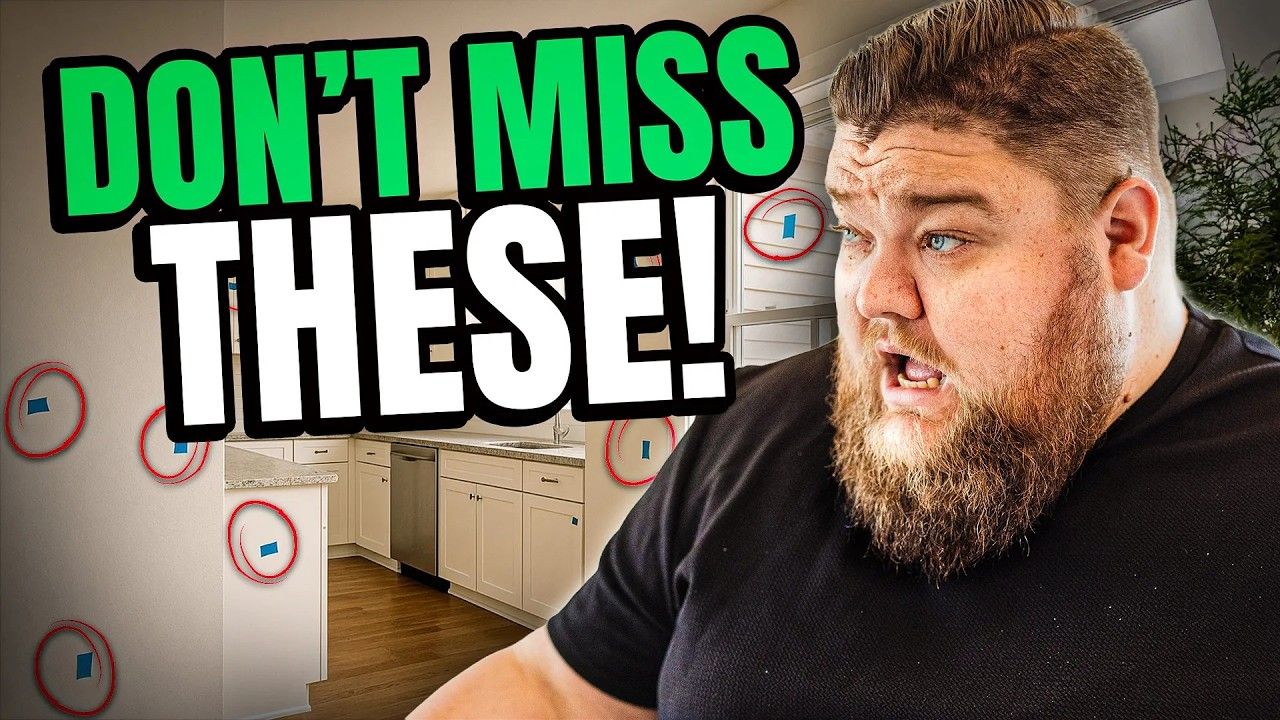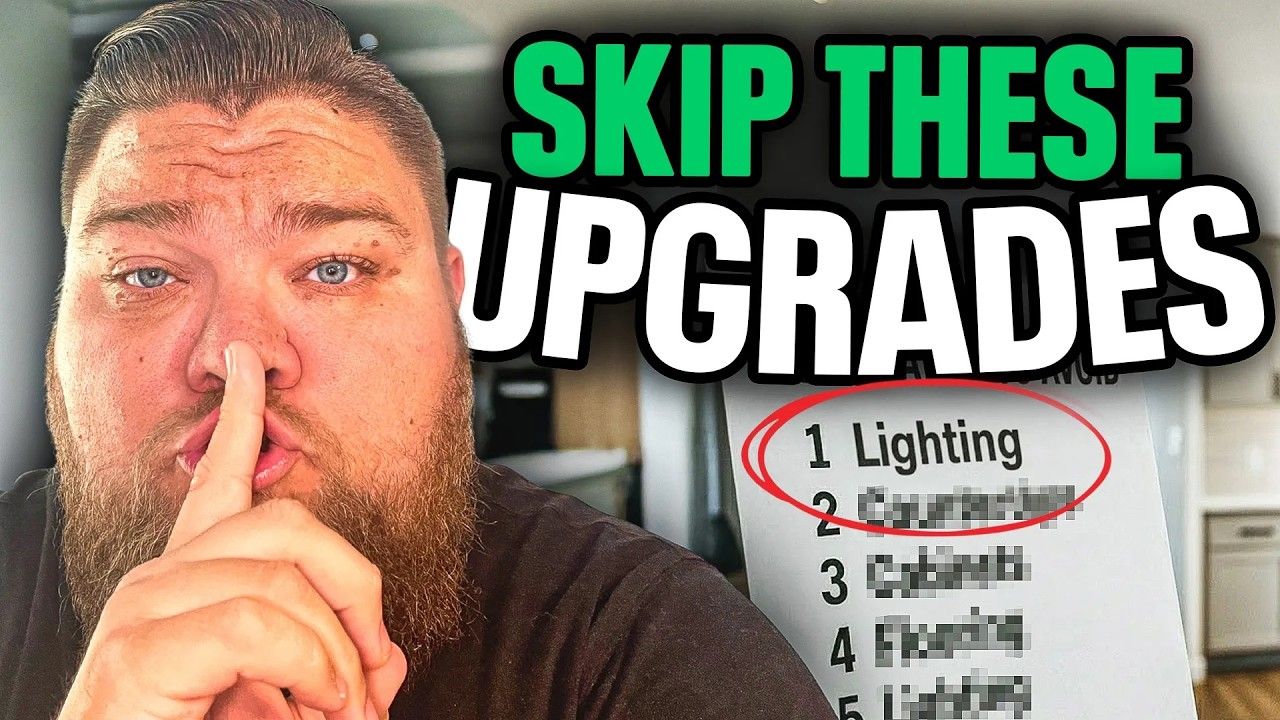DFW New Construction Projections for 2025
As we approach 2025, the Dallas-Fort Worth (DFW) area is experiencing significant dynamics in the new construction housing market. If you're considering buying a new home in this vibrant metropolis, it's crucial to understand the factors that could influence your purchasing decisions. In this article, we'll explore the projections for new construction homes in DFW, drawing insights from industry experts and market trends.
Table of Contents
- Industry Insights
- Land Acquisition and Development Costs
- Developers Demand More from Builders
- The Shift to More Outskirts Areas
- The Rise of MUD and PID Taxes
- The Effect of MUD/PID Taxes on Buyers
- Homeowners Insurance Trends for 2025
- Opportunities with Buydowns, Costs, and Incentives
- Data-Driven Approach and Consumer Timing
- Borrower Trends, Debt-to-Income Ratios, and Mortgage Interest Rates
- Final Thoughts
- FAQs About DFW New Construction Projections for 2025
Industry Insights
Recently, I had the opportunity to attend a dinner with several high-level sales executives and VPs from various builders in the DFW market. This gathering provided valuable insights into the current state of new construction and what we can expect moving forward. It was enlightening to hear seasoned professionals articulate trends that I've sensed on a smaller scale. Understanding these insights can help you make informed decisions regarding your homebuying journey.
Land Acquisition and Development Costs
One of the most pressing issues discussed was the rising costs associated with land acquisition and development. Despite the influx of new residents into DFW, land remains a finite resource. As demand increases, so do land acquisition and development costs, which are expected to continue rising in the coming years. This trend is particularly important for potential homebuyers, as it will inevitably influence home prices.
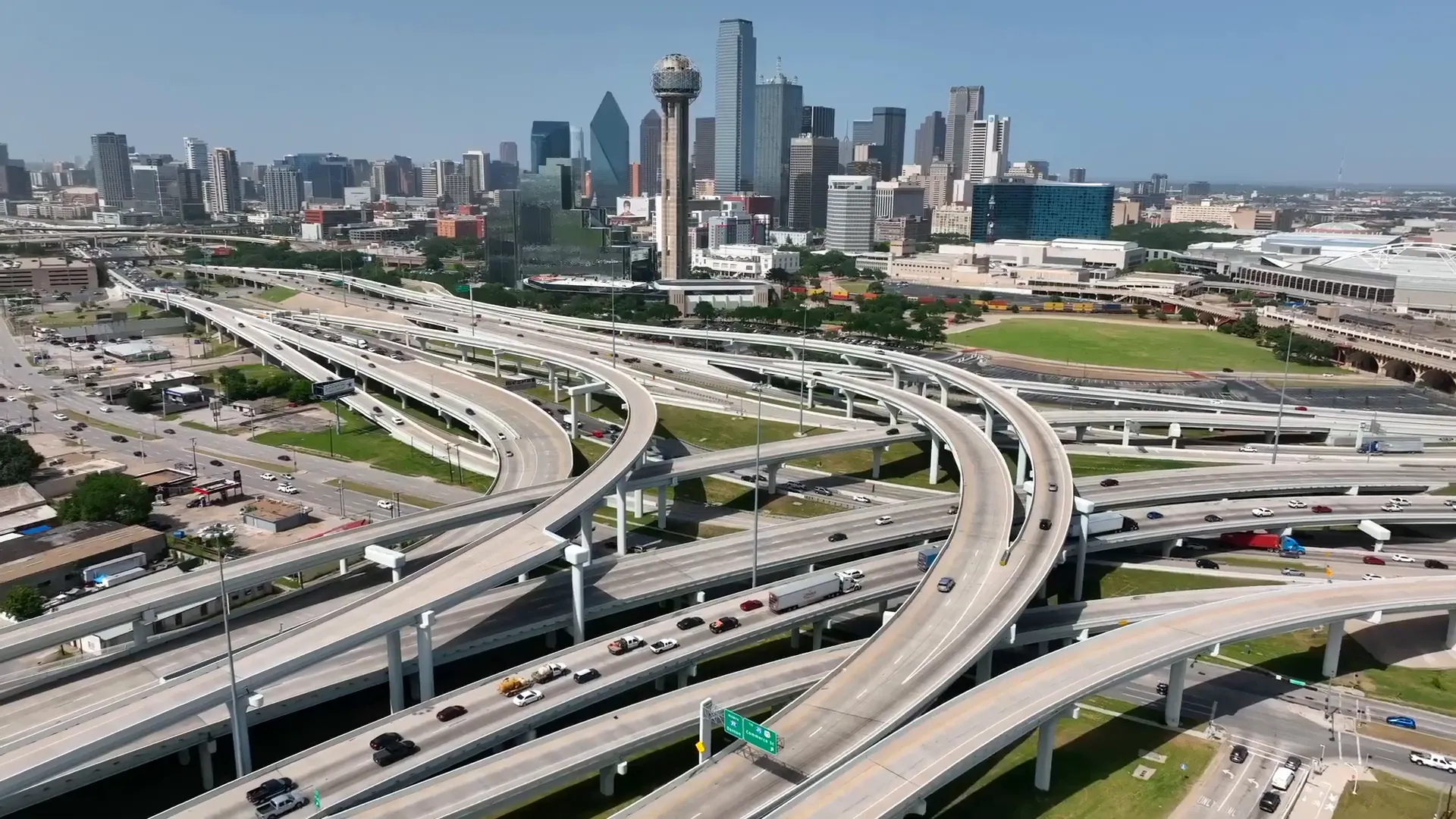
During our discussion, it became clear that while labor costs are stabilizing and material shortages are diminishing, the price of land is still climbing. Builders are feeling the pressure to pass these costs onto consumers, which could mean higher home prices.
Developers Demand More from Builders
Another critical point raised was that developers are increasingly requiring builders to invest more upfront. This situation means that builders must put more money on the table for earnest money deposits to secure land positions. As a result, builders are under immense pressure to maintain profitability while managing rising costs.
For instance, one builder shared that they had to abandon plans for a phase two of a development due to an average $30,000 to $40,000 increase per home site. This is unsustainable and reflects the reality that builders may have to either raise prices significantly or risk losing profitability.
The Shift to More Outskirts Areas
With rising costs, homebuyers might find themselves looking further out from the city center. Areas that once seemed like the outskirts are becoming increasingly desirable as home prices rise in more central locations. If you're searching for homes in the $300,000 to $500,000 range, you may need to consider commuting from areas like Forney, Kaufman, or even Weatherford.
This trend indicates that as development continues, the boundaries of DFW are expanding, and suburban sprawl is becoming a reality. The urban landscape is evolving, and it's essential for homebuyers to adapt to these changes.
The Rise of MUD and PID Taxes
As builders and developers strive to keep costs manageable, many are increasingly relying on Municipal Utility Districts (MUDs) and Public Improvement Districts (PIDs) to fund development projects. These taxes are essentially passed on to homeowners and can significantly impact your monthly expenses. In fact, it's expected that 80 to 90% of new developments will incorporate some form of MUD or PID tax.
While these taxes help fund necessary infrastructure like roads and utilities, they can add a considerable amount to your property taxes. Understanding these costs is vital for anyone looking to purchase a new construction home in DFW.
The Effect of MUD/PID Taxes on Buyers
As property taxes continue to rise, many homebuyers may find themselves feeling the pinch. The reality is that as MUD and PID taxes are implemented, they contribute to an increased monthly payment for homeowners. This situation makes it essential for potential buyers to factor these costs into their budgets when considering new construction homes.
While Texas does not have a state income tax, the rising property taxes can feel burdensome, especially for first-time homebuyers. It's important to be proactive in understanding these taxes so you can make the best financial decisions.
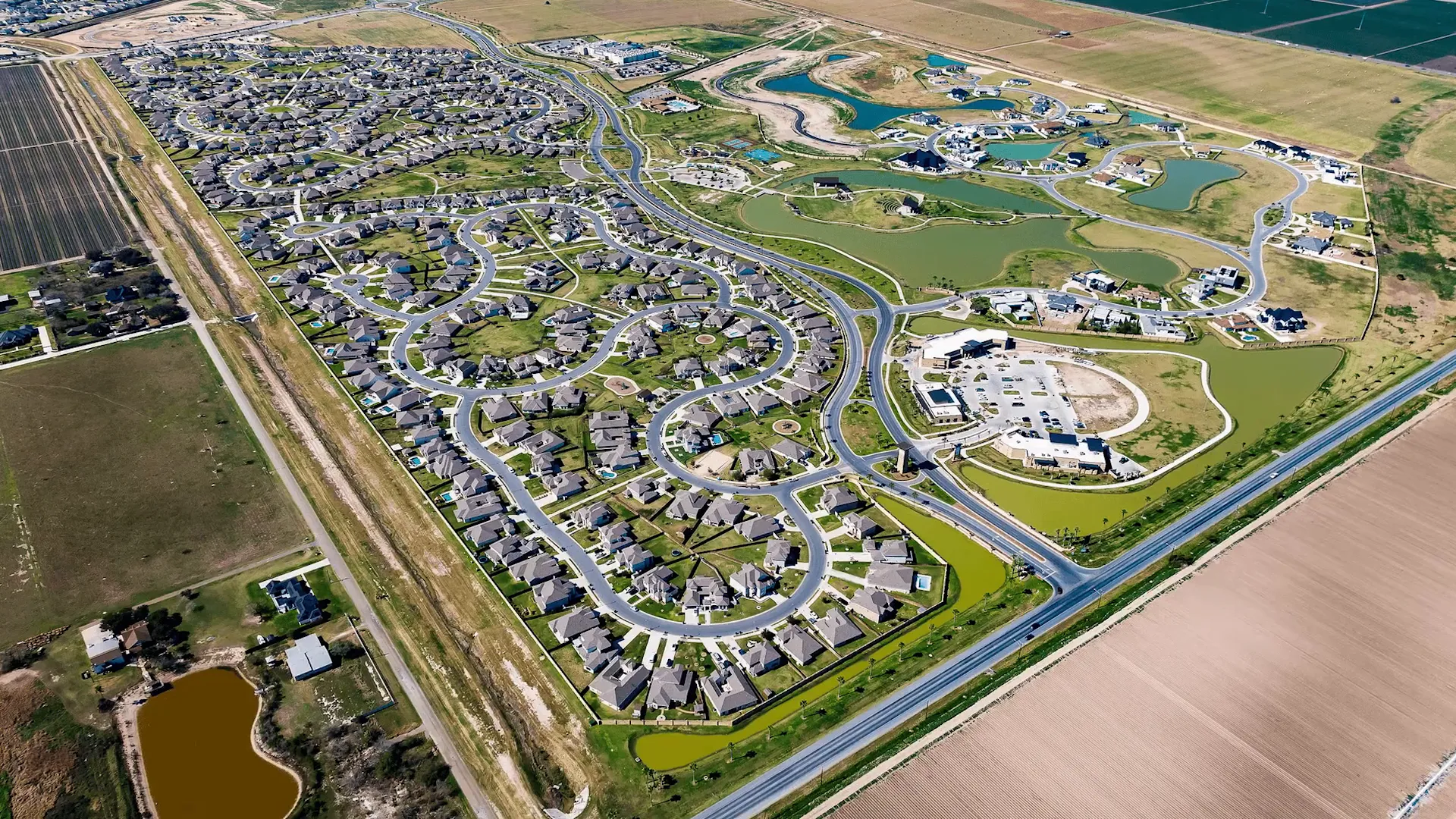
Homeowners Insurance Trends for 2025
Another critical aspect that homebuyers should be aware of is the increase in homeowners insurance rates. According to lenders in the industry, insurance for homes valued between $400,000 and $450,000 is projected to rise to between $2,000 and $2,500. This increase is influenced by various factors, including recent natural disasters and rising claims from insurance companies.
As a prospective buyer, it's crucial to account for these rising insurance costs in your overall budget. Being informed about these trends can help you avoid sticker shock when it's time to finalize your policy.
Opportunities with Buydowns, Costs, and Incentives
Despite these challenges, there are still opportunities to be found in the new construction market. Many builders are offering incentives, such as rate buy-downs and closing cost assistance, to entice buyers. These incentives can significantly reduce your upfront costs and make buying a new home more accessible.
As builders continue to navigate the competitive landscape, they are likely to maintain these incentives for the foreseeable future. If you're in the market for a new home, it's worth exploring these options to maximize your savings.
Data-Driven Approach and Consumer Timing
Taking a data-driven approach to your homebuying journey is essential. Understanding market trends and timing can make a significant difference in your experience. While some may advise waiting for prices to drop, the reality is that the timing is unique to each individual. Whether now is the right time for you to buy a home depends on your personal circumstances and financial situation.
As we look ahead, it's essential to remain informed and adaptable. The DFW market is continuously evolving, and being proactive can help you navigate these changes successfully.
Borrower Trends, Debt-to-Income Ratios, and Mortgage Interest Rates
As we delve deeper into the data, we see interesting trends in borrower behavior. Over the last five years, there has been a noticeable increase in the size of down payments, primarily driven by individuals saving more or receiving contributions from family members. This trend suggests that buyers are becoming more financially prepared to purchase homes.
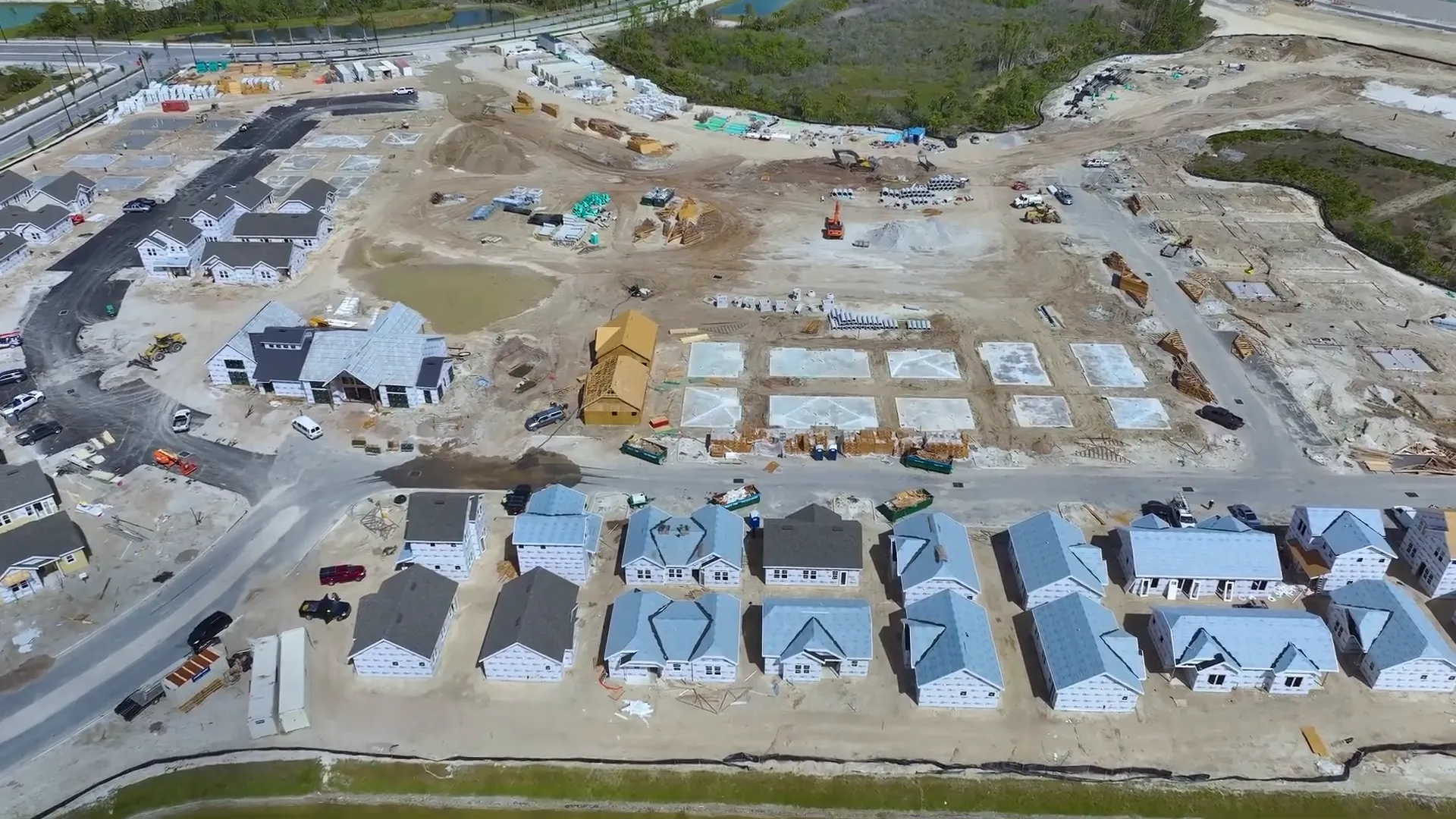
Moreover, debt-to-income (DTI) ratios are also shifting. Most lenders prefer borrowers to maintain a DTI below 35-45%. However, many buyers are hovering around the 40% mark, indicating that more individuals are carrying higher debt levels in this competitive market.
Final Thoughts
As we look ahead to 2025, the DFW new construction market presents both challenges and opportunities for homebuyers. With rising land and development costs, increased property taxes, and fluctuating insurance rates, it's crucial to stay informed and make educated decisions.
However, by leveraging available incentives and understanding market trends, you can navigate this landscape successfully. If you're considering buying a new home in DFW, I encourage you to reach out for personalized guidance and support. Together, we can find the right opportunity for you in this dynamic market.
FAQs About DFW New Construction Projections for 2025
What are MUD and PID taxes?
MUD (Municipal Utility District) and PID (Public Improvement District) taxes are development taxes that help fund infrastructure such as roads and utilities. These costs are typically passed on to homeowners in the form of higher property taxes.
Are there still incentives available for new construction homes?
Yes, many builders are offering incentives such as rate buy-downs and closing cost assistance to attract potential buyers. These can significantly reduce your upfront costs.
How will rising homeowners insurance affect my budget?
Homeowners insurance rates are projected to rise, which will increase your monthly expenses. It's essential to factor these costs into your overall budget when considering a home purchase.
What should I consider when looking for homes in the DFW area?
Consider factors like rising land costs, MUD/PID taxes, and insurance rates. Additionally, be open to exploring homes further from the city center as prices continue to rise.

Zak Schmidt
From in-depth property tours and builder reviews to practical how-to guides and community insights, I make navigating the real estate process easy and enjoyable.









